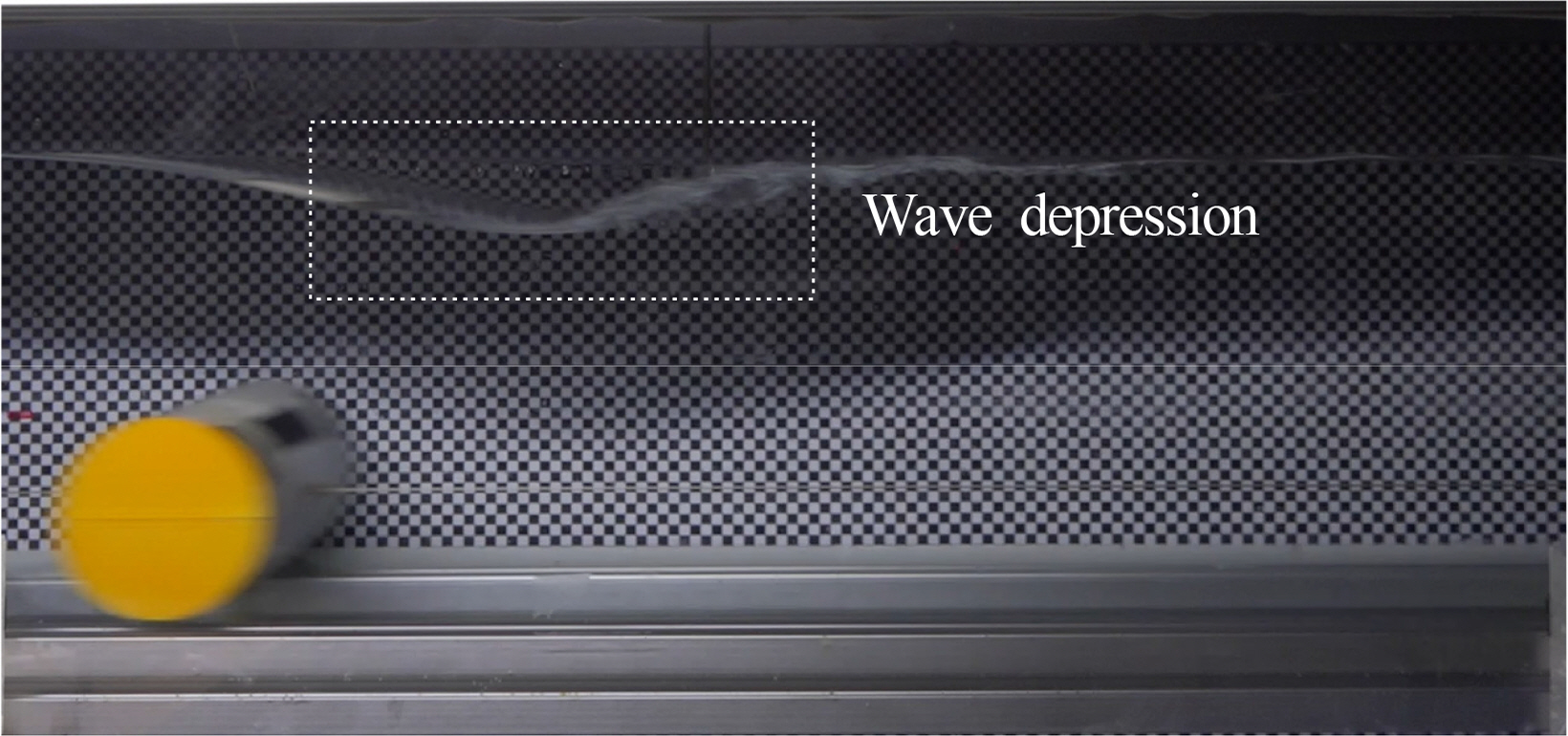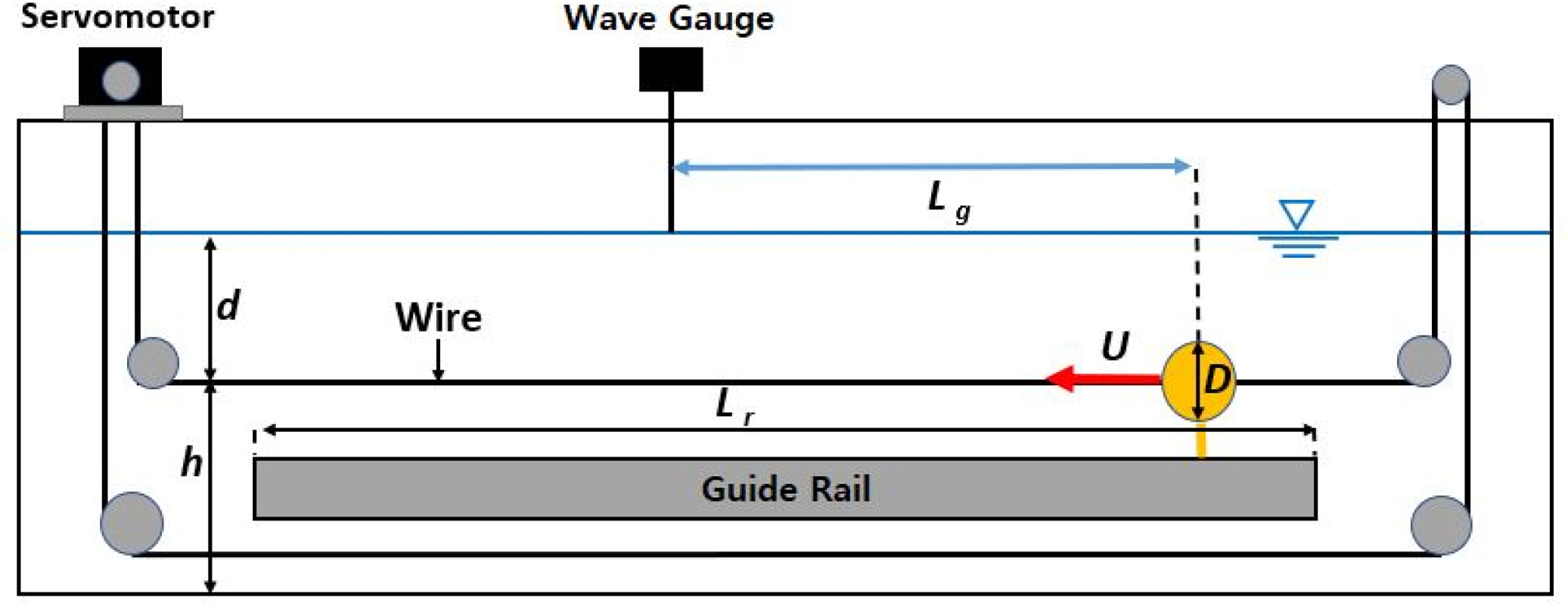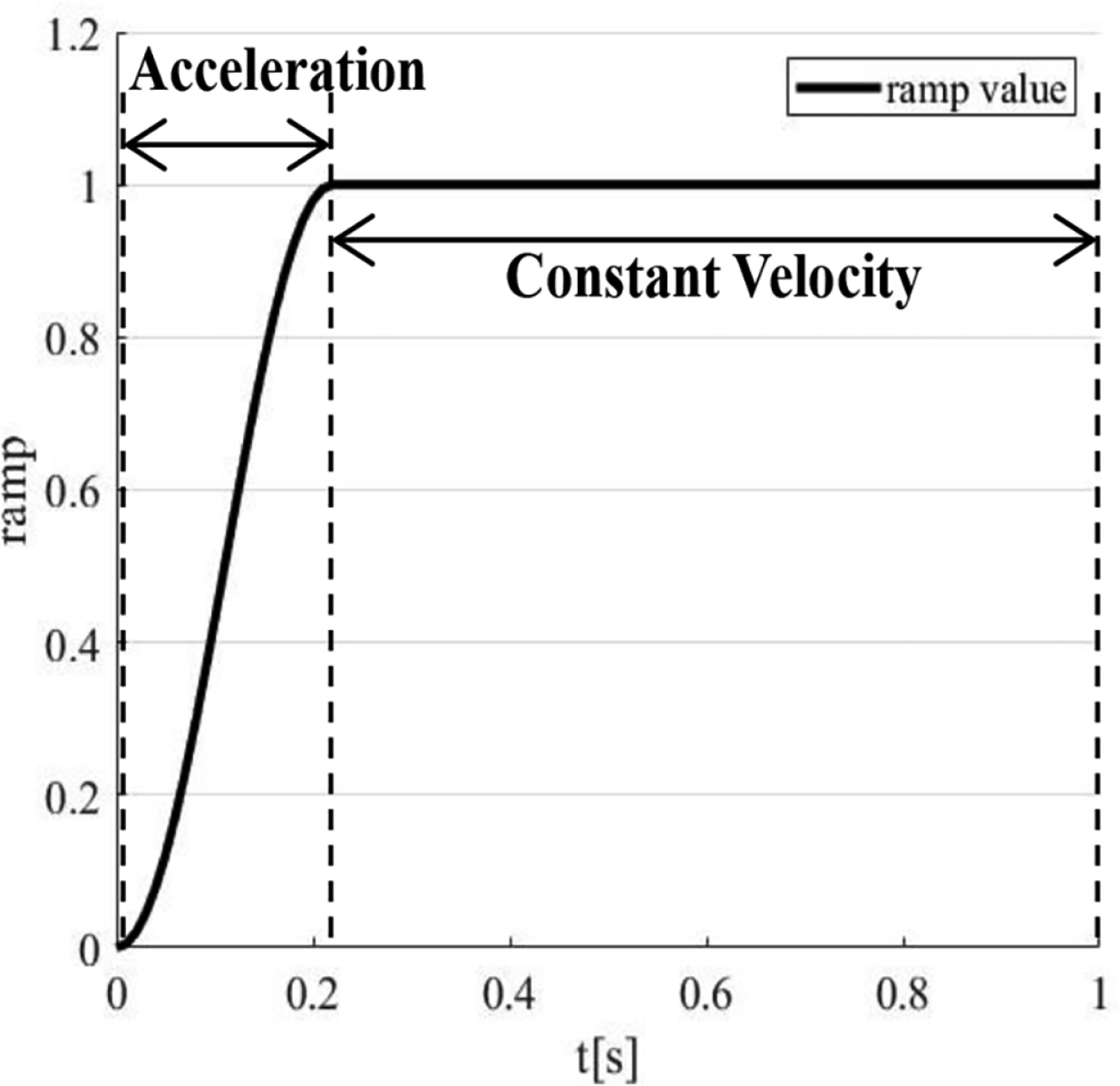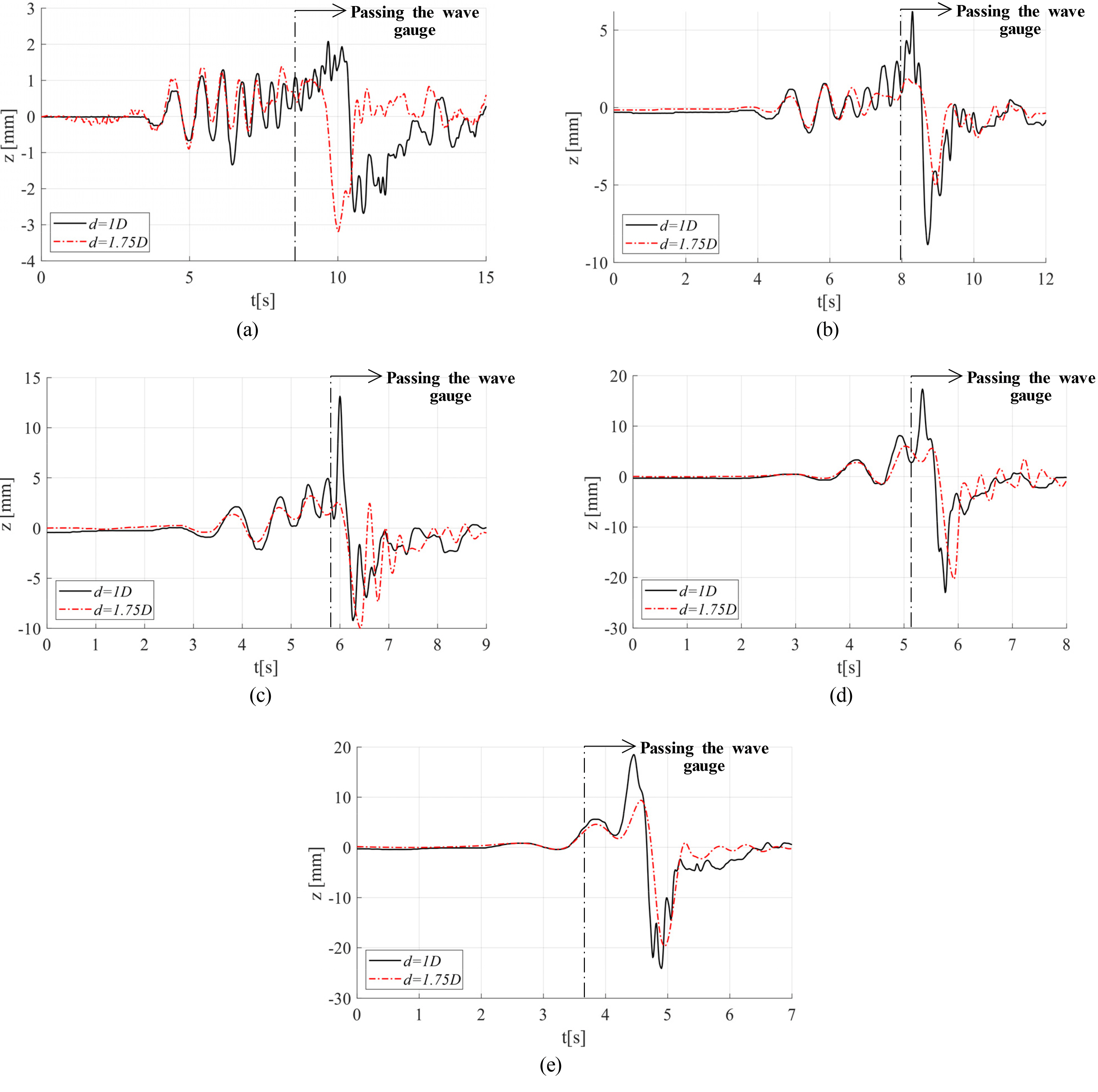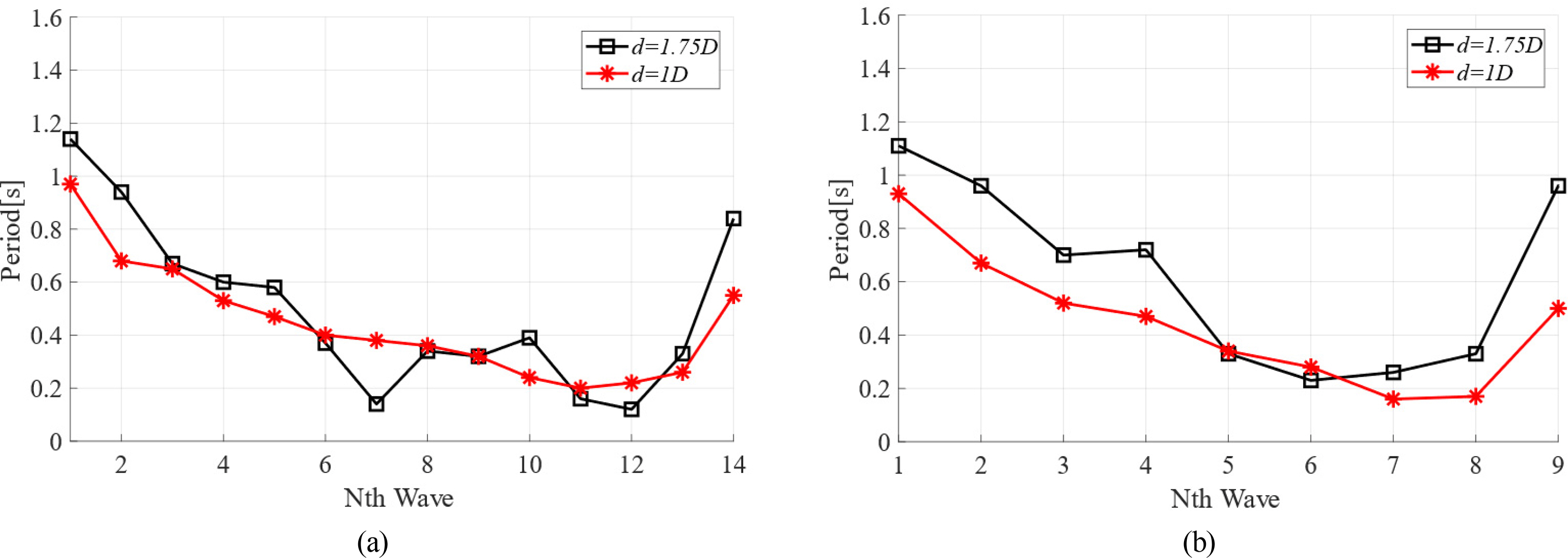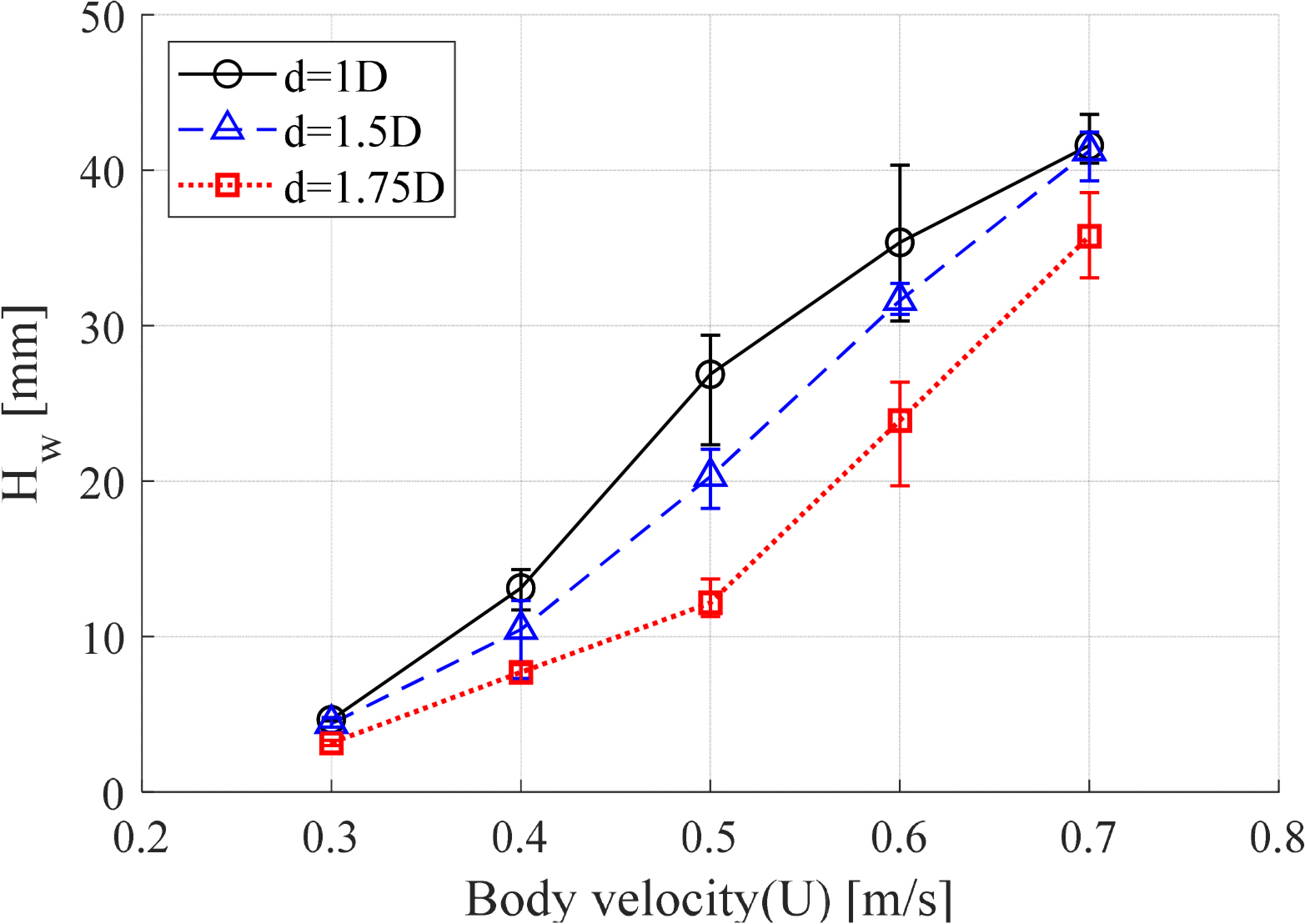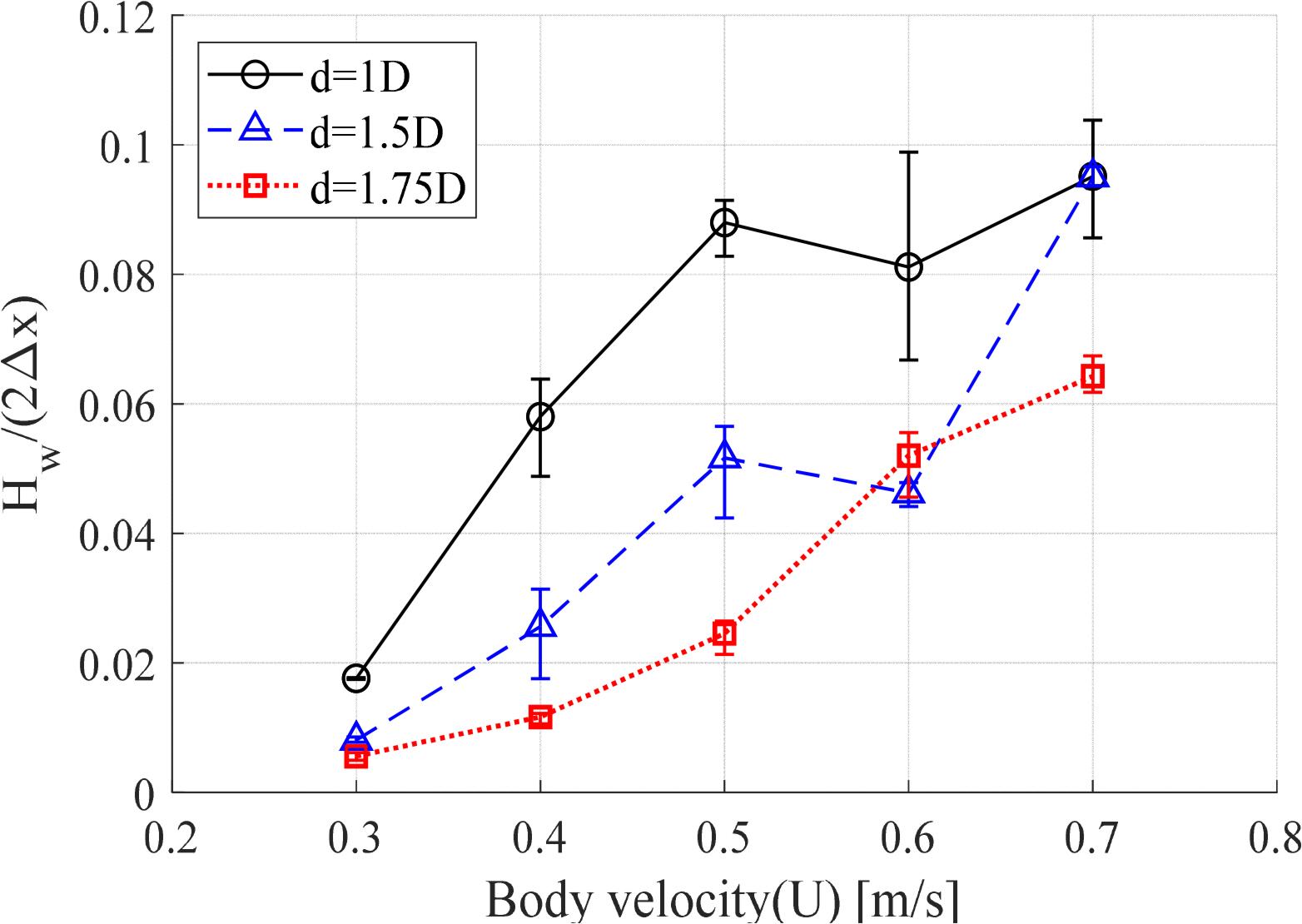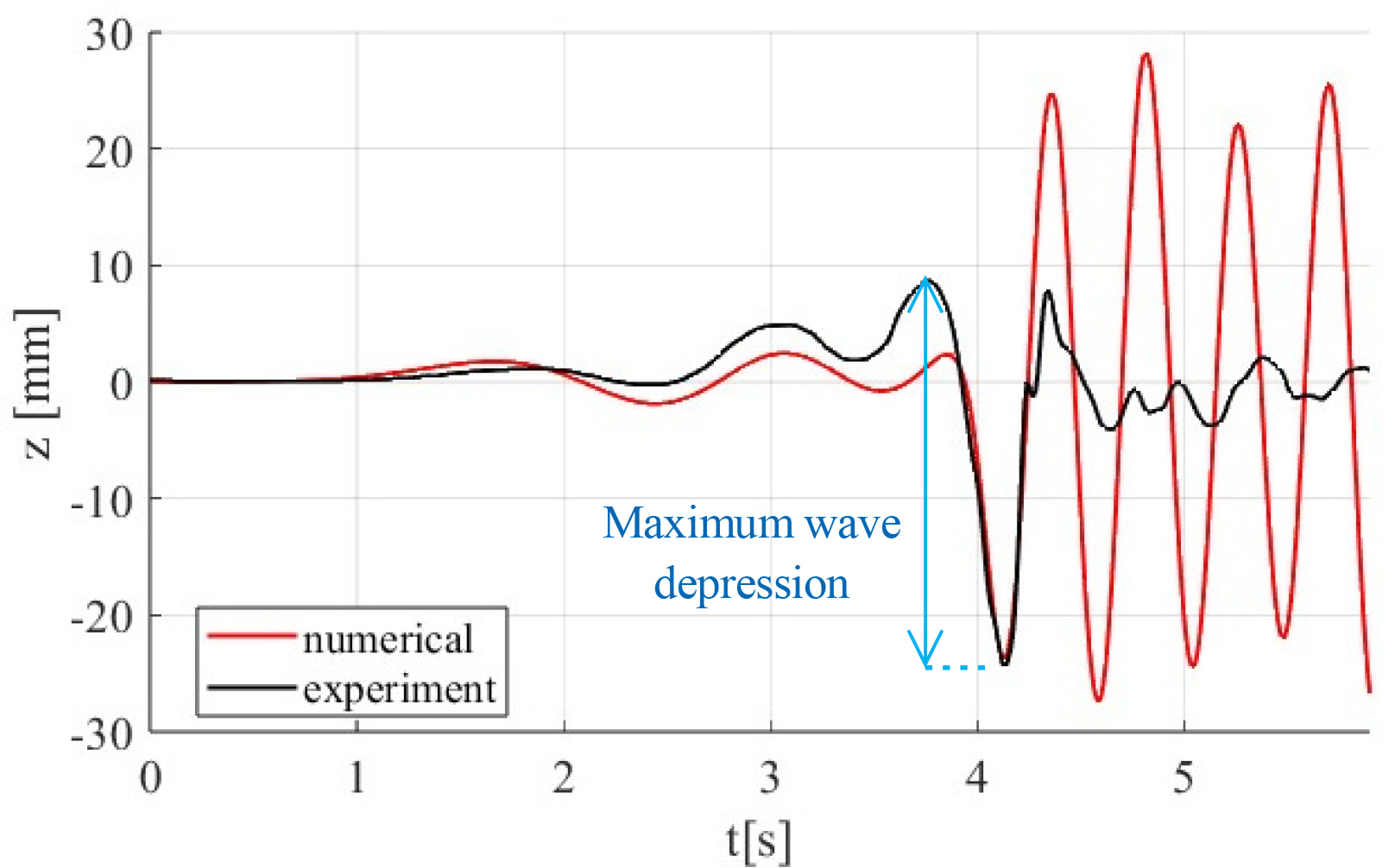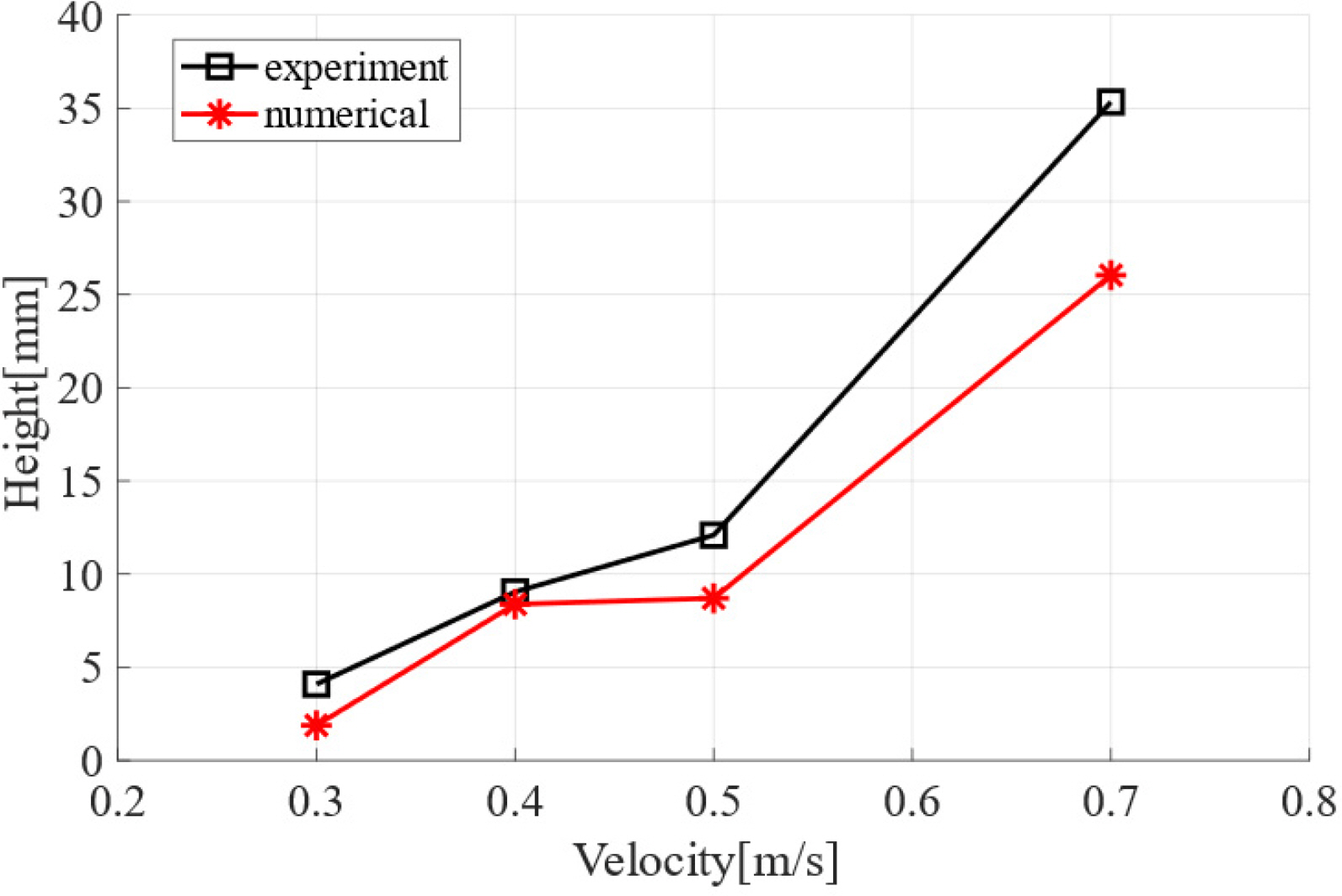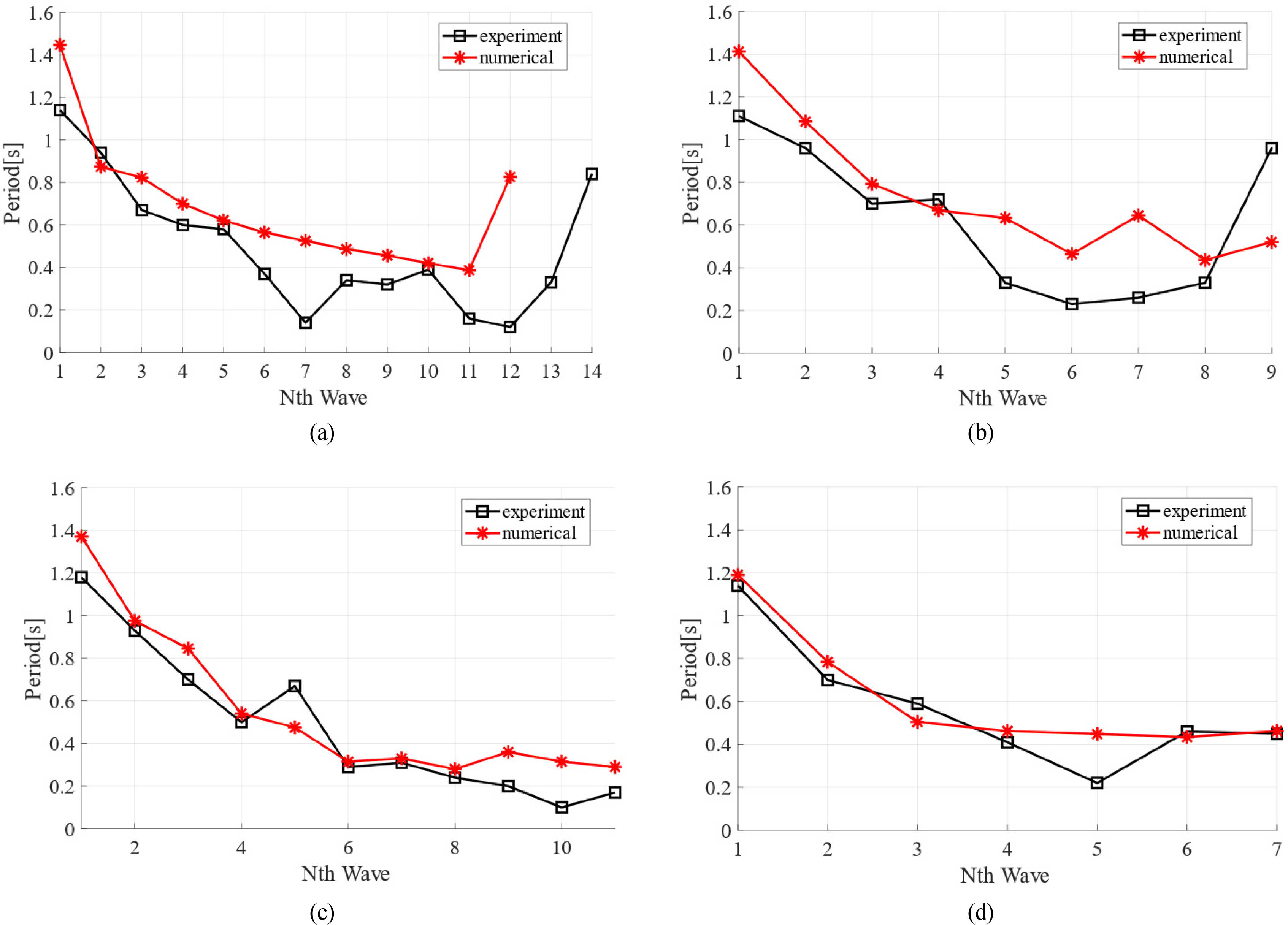Dean, W.R. (1948). On the reflection of surface waves by a submerged circular cylinder.
Mathematical Proceedings of the Cambridge Philosophical Society,
44(4), 483-491.
https://doi.org/10.1017/S0305004100024506

Hyun, B. S., & Shin, Y. H. (2000). On the viscous flow around breaking waves generated by a submerged cylinder (Part 2: Aspects of viscous flow). Journal of the Society of Naval Architects of Korea, 37(1), 91-98.
Jeon, M. J., Mai, T. L., Yoon, H. K., Ryu, J. W., Lee, W. H., & Ku, P. M. (2021). Evaluation of dynamic characteristics for a submerged body with large angle of attack motion via CFD analysis.
Journal of Ocean Engineering and Technology,
35(5), 313-326.
https://doi.org/10.26748/KSOE.2021.063

Journee, J. M. J., & Massie, W. W. (2001). Offshore hydromechanics. 1st ed Delft University of Technology.
Kim, D. E., Min, E. H., Koo, W. C., & Kim, Y. G. (2019). Numerical analysis of free surface by motion of a submerged body in fluids. Proceedings of KOASTS, 2019, 90-93.
Kim, J. B., Koo, W. C., & Min, E. H. (2022a). An experimental study of towing a circular submerged body in a single-layer fluid. Proceedings of KOASTS, 2022, 264-265.
Kim, J. B., Koo, W. C., & Min, E. H. (2022b). Comparison of numerical simulation and experiment of a towed submerged cylinder in a single fluid. Proceeding of the Annual Autumn Conference 2022, SNAK. 418-422.
Mnasri, C., Hafsia, Z., Omri, M., & Maalel, K. (2014). A moving grid model for Simulation of free surface behavior induced by horizontal cylinders exit and entry.
Engineering Applications of Computational Fluid Mechanics,
4(2), 260-275.
https://doi.org/10.1080/19942060.2010.11015315

Ren, Y., Qin, Y., Pang, F., Wang, H., Su, Y., & Li, H. (2023). Investigation on the flow-induced structure noise of a submerged cone-cylinder-hemisphere combined shell.
Ocean Engineering,
270, 113657.
https://doi.org/10.1016/j.oceaneng.2023.113657

Seong, W. J., Koo, W. C., & Min, E. H. (2022). Numerical and experimental study on free-surface wave generation by a submerged moving body in a towing tank.
Ocean Engineering,
252(15), 1-12.
https://doi.org/10.1016/j.oceaneng.2022.111200

Shin, D. M., & Cho, Y. (2021). Concurrent vortex-shedding and surface-wave phenomena around a horizontal circular cylinder close to a free surface. Proceeding of KSME Conference, 33-35.
Ursell, F. (1950). Surface waves on deep water in the presence of a submerged circular cylinder.
I Mathematical Proceedings of the Cambridge Philosophical Society,
46(1), 141-152.
https://doi.org/10.1017/S0305004100025561

Uzair, A. S., & Koo, W. C. (2012). Hydrodynamics analysis of a floating body with an open chamber using a 2D fully nonlinear numerical wave tank.
International Journal of Naval Architecture and Ocean Engineering,
4(3), 281-290.
https://doi.org/10.2478/IJNAOE-2013-0096

Yi, H. J., Shin, H. K., & Yoon, B. S. (2013). Study on flow around circular cylinder advancing beneath free surface.
Journal of Ocean Engineering and Technology,
27(5), 16-21.
http://dx.doi.org/10.5574/KSOE.2013.27.5.016





